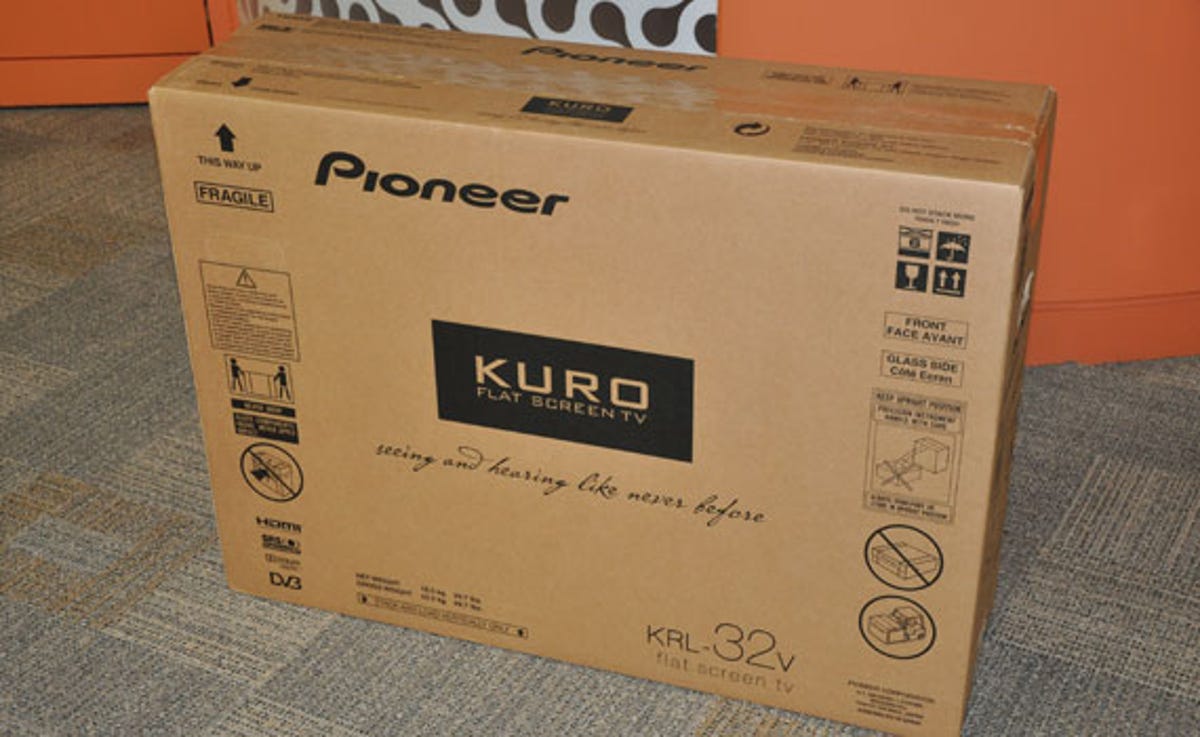
When we first got our hands on the Kuro LCD from Pioneer at the company’s head office a few months ago, we were thrilled. Although there was some concern that a Kuro LCD could never be as impressive as the plasma range, we were still keen to see smaller TVs that could compete with Loewe and other premium manufacturers.
The LCD Kuro isn’t designed to replace the plasmas at all, of course. Instead, Pioneer hopes that people who would like smaller — but still impressively black — TVs will turn to this range. It’s also ideal for very rich people who want a Kuro for the bedroom to complement the Kuro plasma in their lounge.
We’re thrilled to have one of the first final production models in our TV-loving hands, and this excitement has led us to photograph it like a paparazzo would snap a knickerless Britney Spears.
This 32-inch model costs around £1,300 and the larger 37-inch model is £1,500, so these aren’t exactly recession-proof TVs. Still, if you want an LCD TV with incredible black levels, these are the very fellows for you.
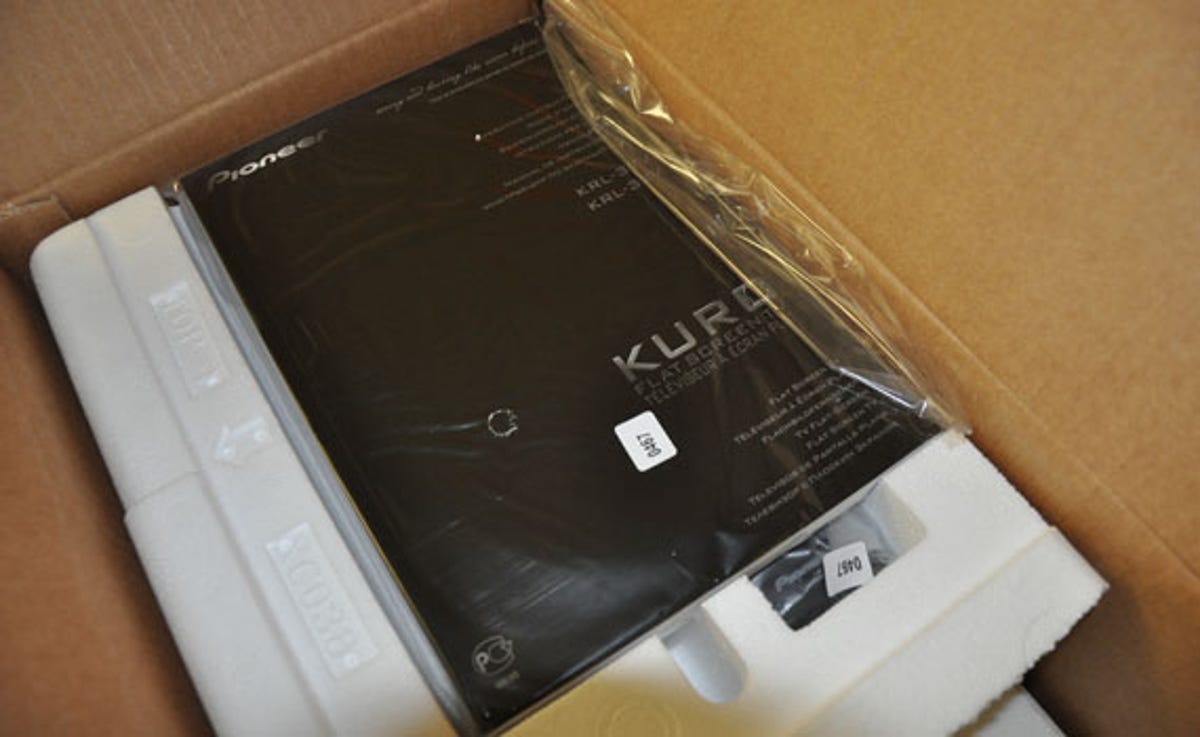

The package is the same glorious quality you’d expect from any Pioneer TV, from the plain but nonetheless cool-looking box to the delicious black instruction manual. Pioneer TVs are still some of the only ones we get excited opening — it’s a bit of an event.


This screwdriver might seem boring, but it’s actually quite important, because it’s the same one that comes with LCDs from Sharp, which now owns a hefty chunk of Pioneer. Indeed, all of the packaging for the stand is the same as the stuff that comes with Sharps.
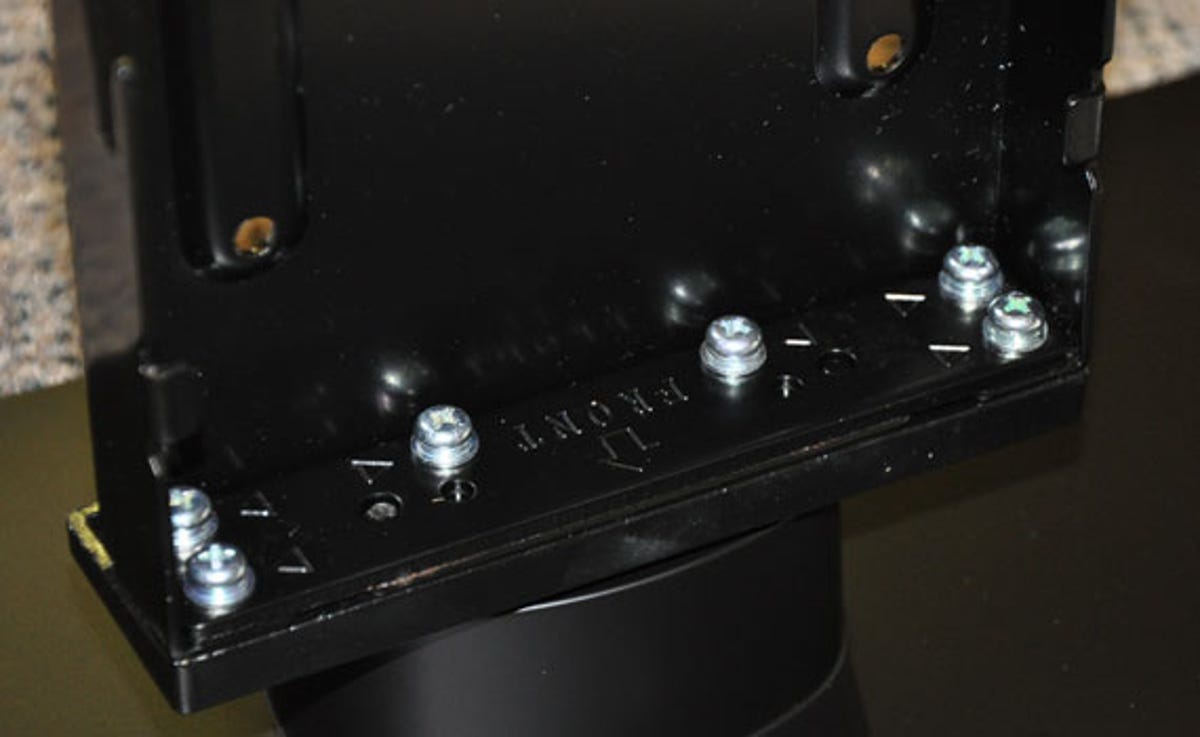

Six screws mount the bracket to the stand and a further four secure the TV to the bracket, which slides into the body of the screen. Again, this is the same system Sharp uses on its TVs.
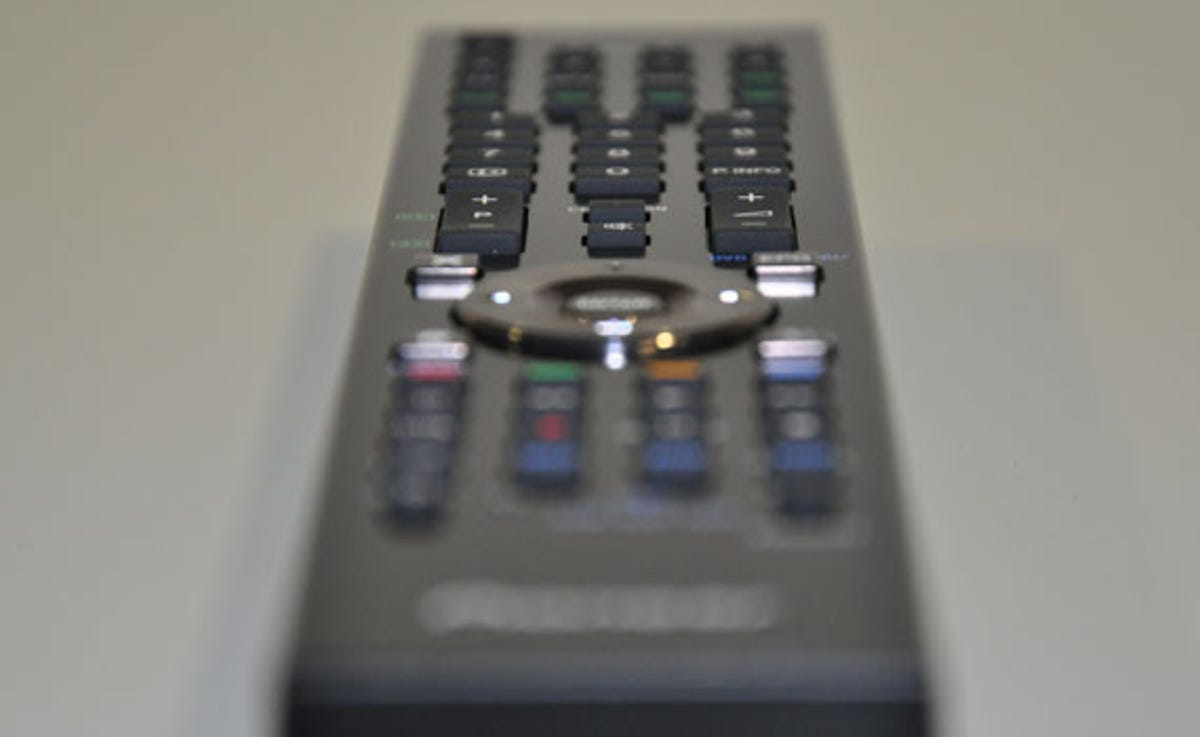

The remote control is the usual classy Pioneer affair. It weighs a tonne and feels amazing in your hand. There are also plenty of well placed buttons, including individual input buttons, which we really like.
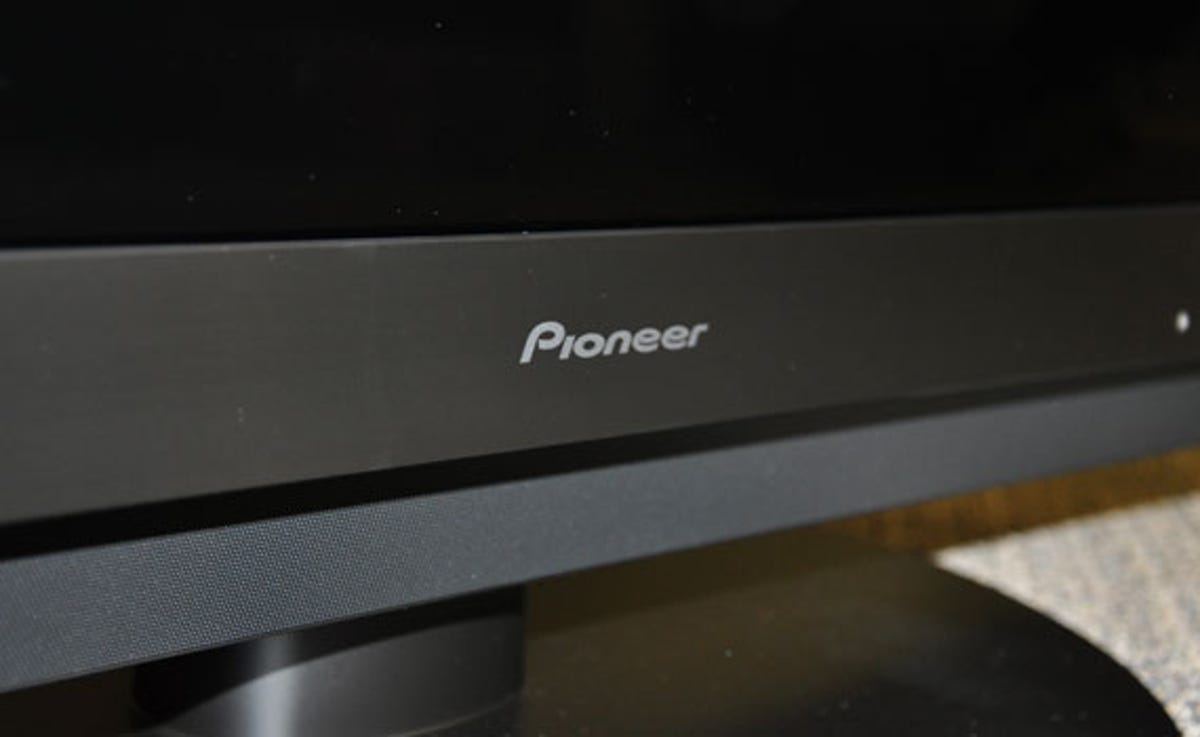

There was one stage where we would never have believed that a Pioneer LCD would happen, but here it is, in all its glory.
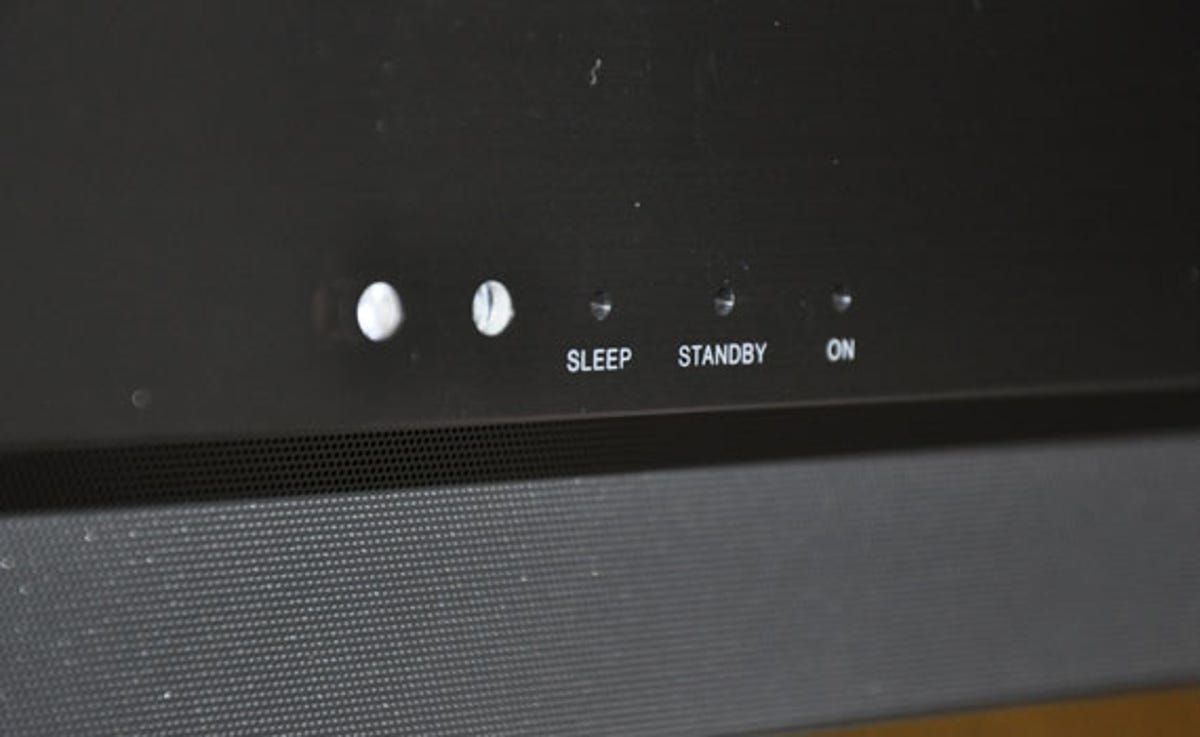

There are individual LEDs for various TV states, including the usual blue for on and red for standby and sleep that you’d get on any of the company’s plasmas.
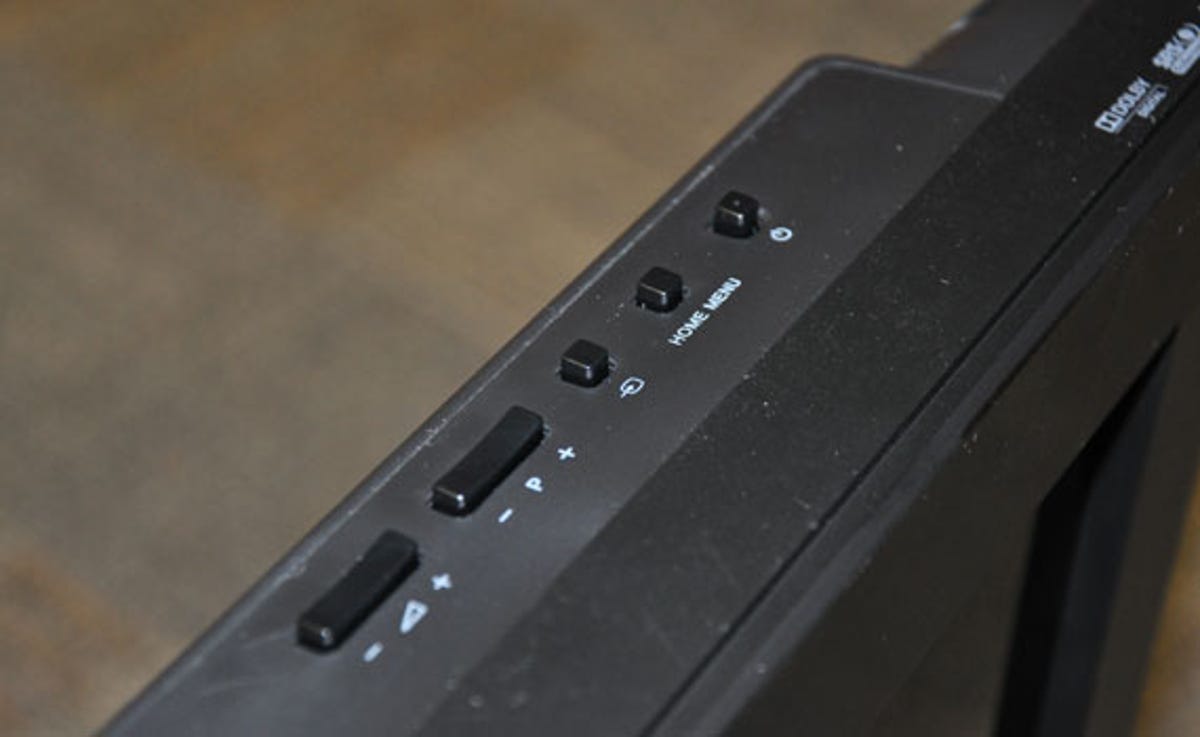

Basic TV controls are located at the top of the screen, on the right-hand side. Handy, and probably the best location for a set of controls.


Side inputs are standard definition only. There are just composite and S-Video connectors here, no side HDMI.
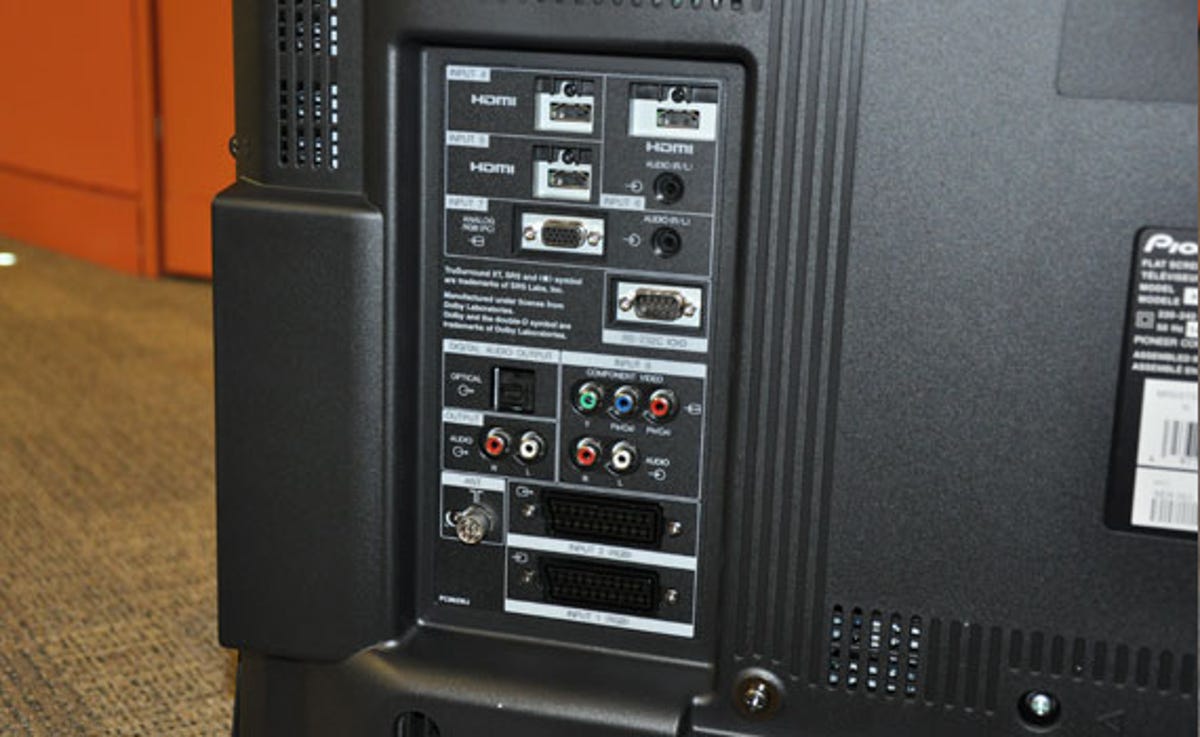

At the rear of the screen are the three HDMI connections, component, VGA and a pair of Scart sockets. You also get optical digital out, for hooking up an AV receiver.
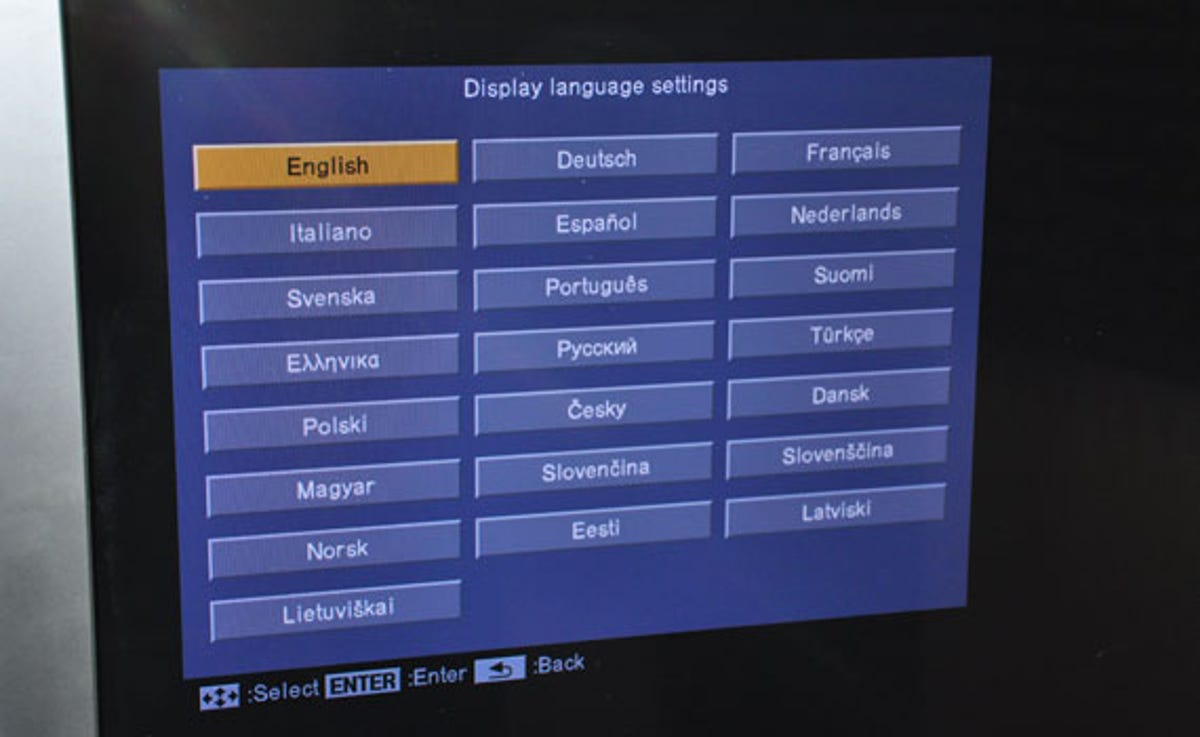

The menu system is simple to use, and setting up the TV takes virtually no time at all.
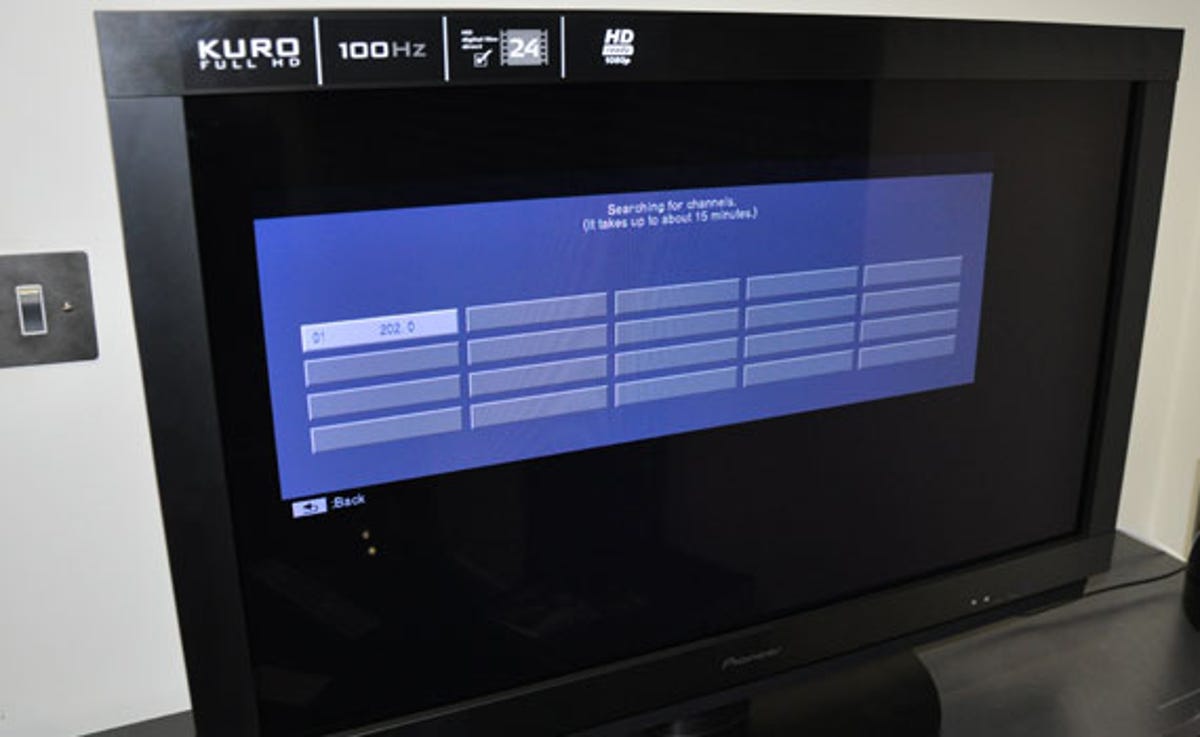

The tuning process could take 15 minutes, Pioneer warns. Don’t worry, ours found all the Freeview channels in around 5 minutes.
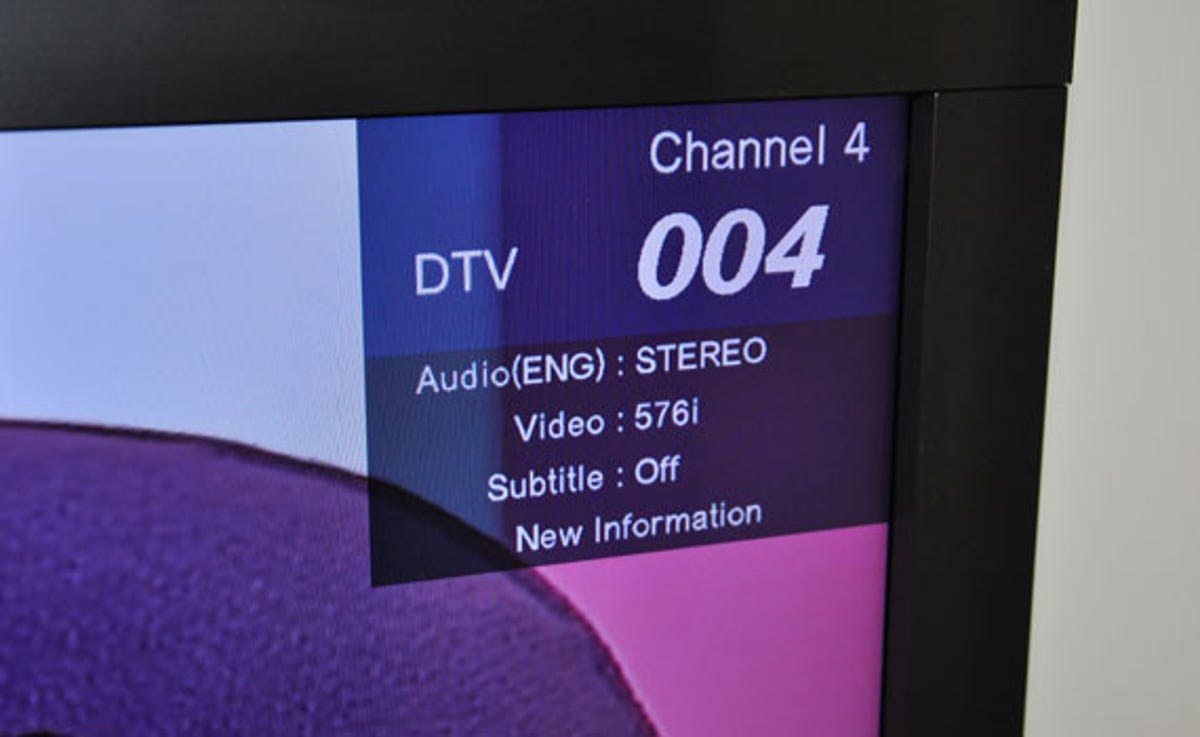

The channel information panel is the same as the one found in Sharp TVs. It gives plenty of information, and we rather like it.
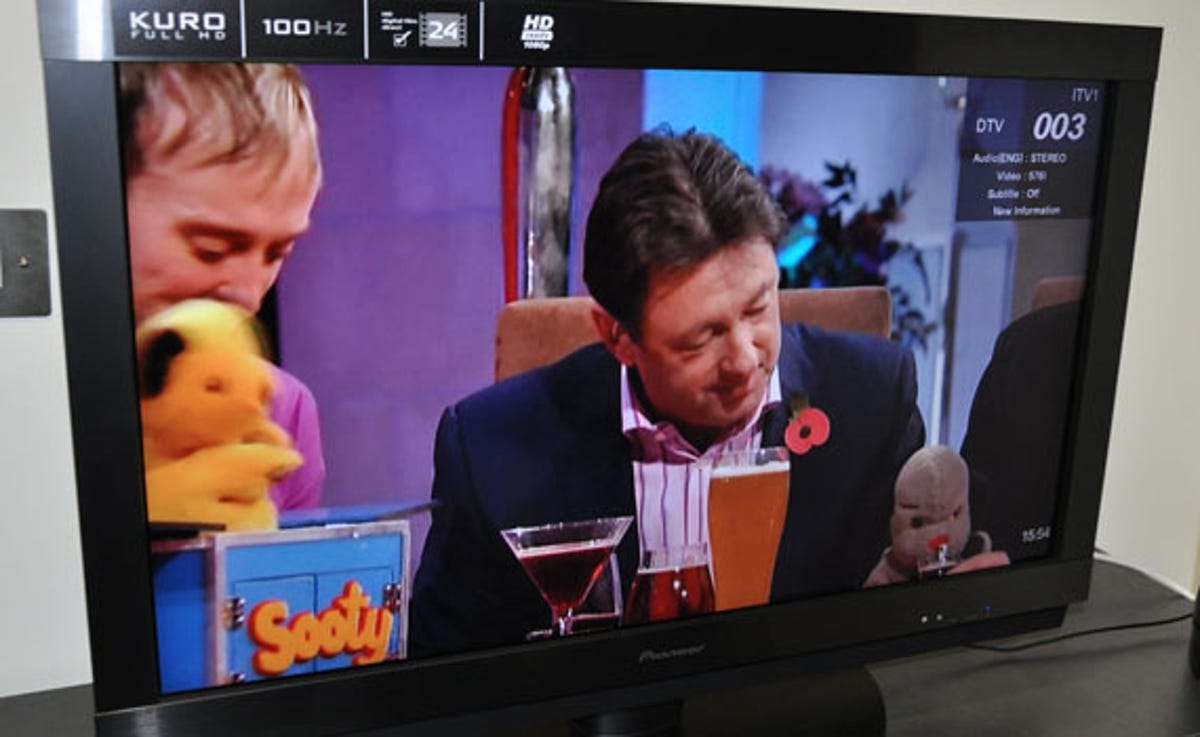

And that’s everything. Our initial play with the TV has already got us falling in love with it. The Freeview picture quality is impressive, and the few short minutes we’ve spent with the TV have convinced us Pioneer has something to bring to the LCD party. We’ll be reviewing the KRL-32V LCD very soon, so keep your eyes on our reviews section.




